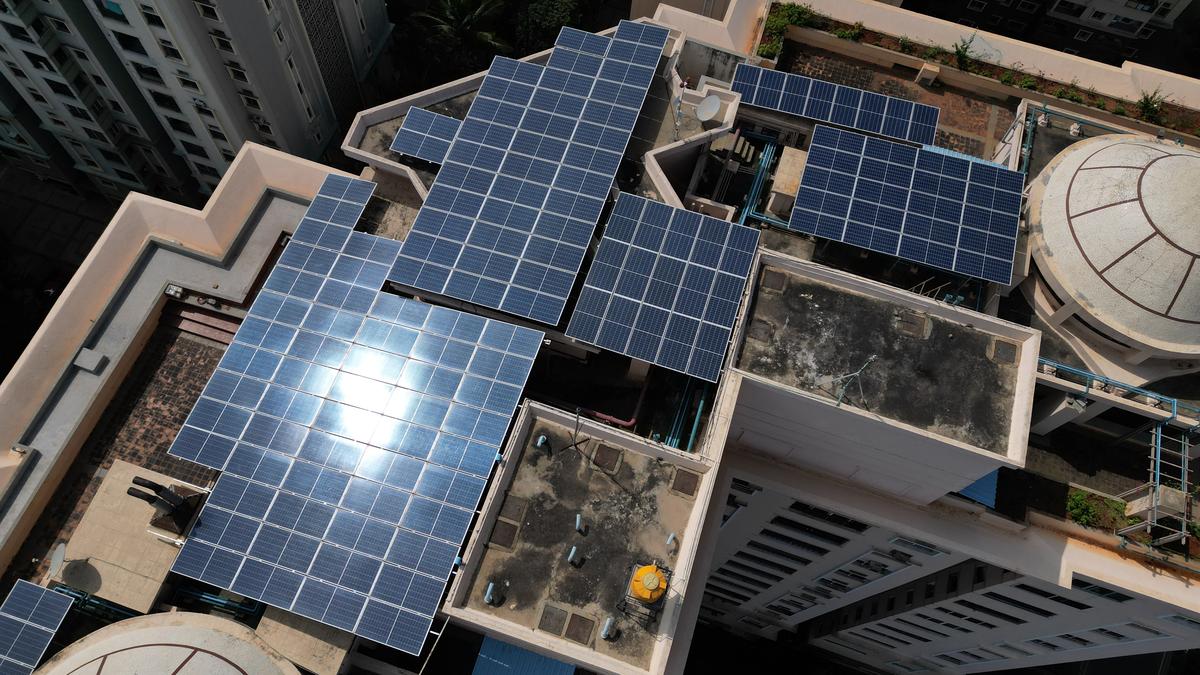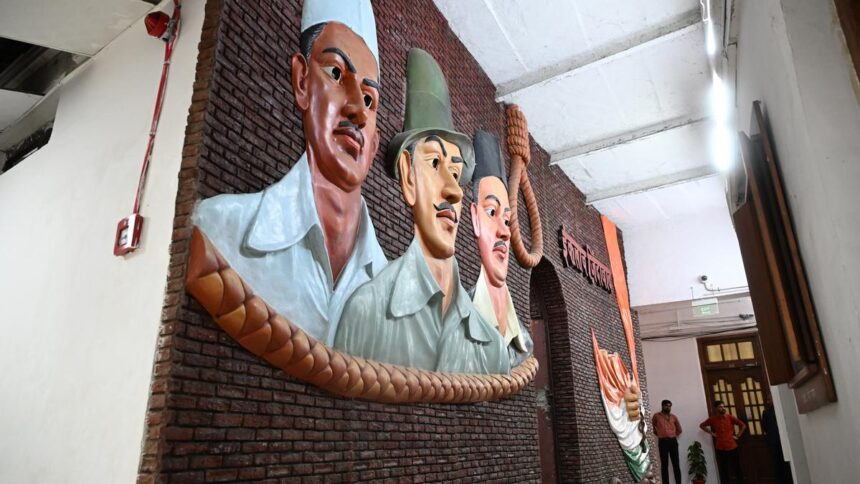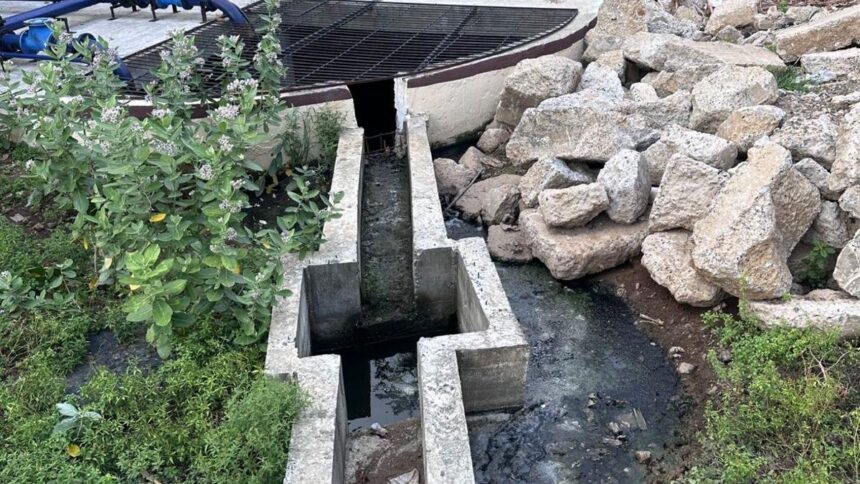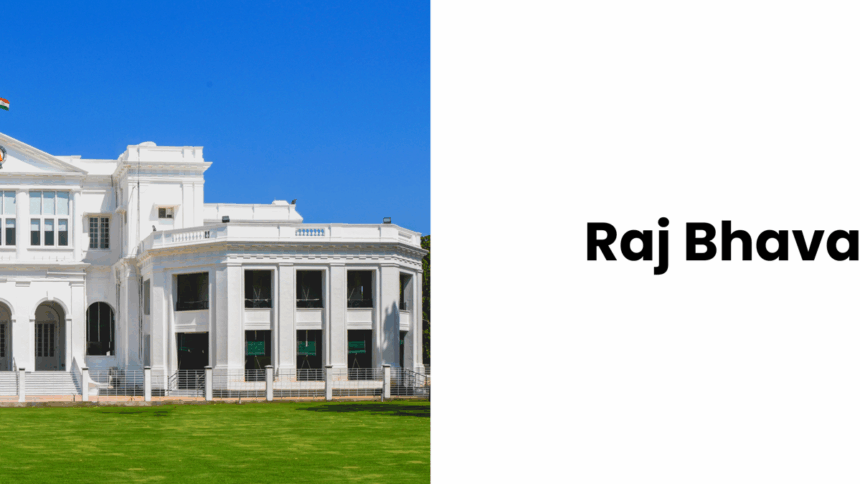The introduction of the Gruha Jyothi scheme, along with the lack of ease in installation process, has contributed to the slow progress of PM Surya Ghar: Muft Bijli Yojana, under which subsidy is provided for the installation of rooftop solar systems to residential consumers, in Karnataka. The State so far had only 10,022 installations which is the lowest in South India.
The latest data by the Ministry of New and Renewable Energy to the Rajya Sabha shows that there are 80,856 installations under the scheme in Kerala, 29,211 in Tamil Nadu, 16,556 in Andhra Pradesh, and 13,677 in Telangana.
According to data by electricity supply companies (escoms), since the introduction of the scheme in 2022, across five escoms 2,21,273 applications have been received for the scheme, but not all of them have resulted in installations.
Bescom has the maximum number of installations (4,245), while Gescom has the least (539), despite the region receiving ample sunlight throughout the year making it ideal for solar generation.
“When the Surya Ghar programme was launched, many people mistakenly believed that it offered fully subsidised rooftop solar systems. They assumed they could install solar panels at no cost, generate electricity for personal use, and earn income by selling the surplus to the grid. This misunderstanding led to a surge in applications,” a senior officer from Gescom explained. The utility has received over 10,000 applications for the scheme.
He further cited the State’s Gruha Jyothi scheme, which offers free electricity for households consuming up to 200 units a month, as another reason for the limited uptake.
“When people are already receiving free power, they are understandably reluctant to invest their own money in rooftop solar installations,” he said. “To address this, we are now shifting focus towards households that consume over 200 units per month, as they have a clear incentive to adopt the Surya Ghar programme.”
Commenting on the overall slow progress of the State under the scheme, Gaurav Gupta, Additional Chief Secretary, Energy Department, said that the scheme stagnated in the vendor selection stage. “When the scheme was introduced, everyone applied. But when it came to the selection of vendors and banks online, they did not go ahead with it as they realised they had to take out a loan to get the subsidy. When there is free power under Gruha Jyothi scheme, they were not willing to take out loans to set up solar plants. None of them selected vendors and the process went into limbo.”
Out of over 2 lakh people who had applied for the scheme, only 19,103 went for vendor selection, the data shows.
The Energy Department now looks to pursue more consumers to opt for gross metering (under which the electricity generated will be sold directly to the grid instead of domestic consumption). “People now feel that they will not get return on investment if they invest in solar plants residentially. Hence, Energy Minister K.J. George recently held a review and said that in order to provide some kind of benefit to consumers, we will push more electricity into the grid instead of domestic consumption (net metering). The rates will be applicable as per the tariff determined by the Karnataka Electricity Regulatory Commission (KERC)“.
Consumers’ side
For consumers, what keeps them away from going ahead with the process is the hurdles they face along the way. Many of them complain that vendors and the sub-division officers demand bribes which deters them from going ahead with the installation.
Rohit Agasarahalli, a lecturer by profession from Shivamogga district, said that at the time of constructing his house, he had taken permission for the load of 1 kW. But he wanted to extend it to 5 kW to avail himself of the PM Surya Ghar scheme.
“The process of enhancing the load took a lot of time,” he said. At one point he was so fed up that he wanted to give up. However, he continued and got the load extension. “Finally, it worked out and I got the system installed. The subsidy amount was released once the generation started,” he said.
He said that in order to make the scheme attractive, it should be made more consumer friendly. “The system should be so simple that the beneficiary should be paying the required fee and expense, and the implementing agency or the vendor should be handling the rest of the work, including the extension of the load allotted. Then, people might opt for the scheme,” he stated.
(With inputs from Kumar Buradikatti and Sathish G.T.)
Published – July 02, 2025 11:10 pm IST





















